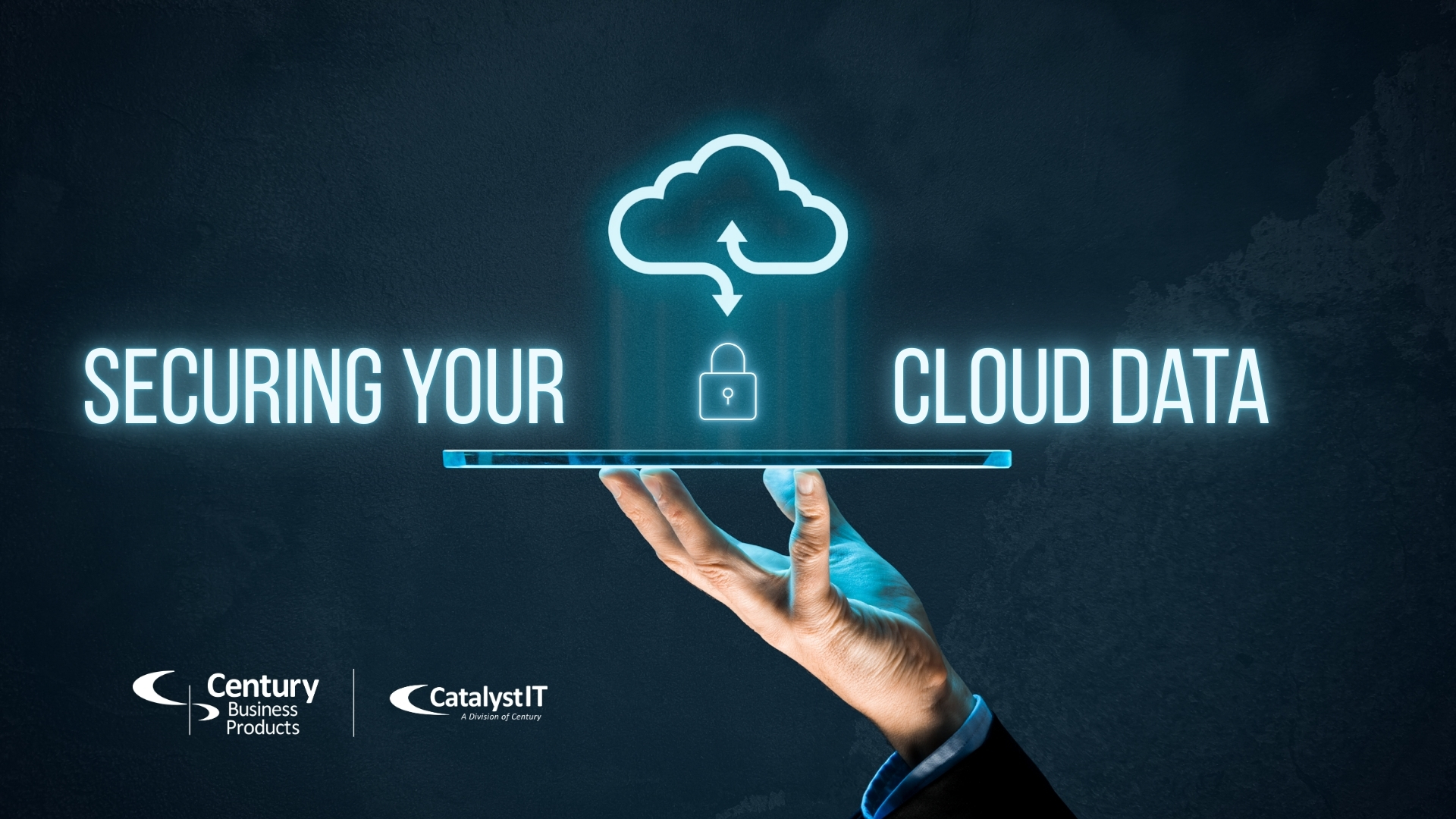Securing Your Cloud Data

82% of data breaches in the last year involved cloud data. In the last twelve months, cloud environment penetrations increased 75%.
As the landscape of cloud environments rapidly increases, so do the targets for cyber criminals. A common and dangerous misconception is that once your data resides in the cloud, it’s automatically shielded by the cloud service. The truth is far more nuanced: cloud security is a shared responsibility, and your role is absolutely critical.
Understanding the Shared Responsibility Model
The foundation of cloud security lies in the shared responsibility model. This framework clearly outlines the security tasks handled by the cloud service provider (like AWS, Microsoft Azure, or Google Cloud Platform) and those that remain the obligation of the customer—you.
Cloud providers typically handle the security of the cloud – the physical infrastructure, network, and virtualization. However, the security in the cloud – your data, applications, configurations, and access controls – is primarily your responsibility. Failing to understand this division can create critical security gaps.
An IT service provider like Catalyst IT can guide you through every step of your security and help increase your awareness of possible threats. However, it is still up to you not to fall for cyber scams and tricks. Read about common cyber scam attempts here.

The Tangible Threats Lurking in Your Cloud Environment:
Ignoring your security responsibilities in the cloud is an invitation to serious threats like:
Click Here to Reveal Security Threats
Data Breaches: Insufficiently secured cloud storage can lead to the exposure, theft, or leakage of sensitive data.
Account Hijacking: Weak or reused passwords provide easy entry points for attackers.
Misconfigured Settings: A single overlooked configuration error can transform your cloud infrastructure into an open target.
Insider Threats: Security risks can originate from employees, whether intentionally or accidentally.
Your Crucial Responsibilities in Cloud Security: Essential Practices
Here’s a fundamental breakdown of your key duties:
- Securing Your Data: Simply storing files in the cloud doesn’t equate to automatic protection.
- Encrypt sensitive data at rest and in transit.
- Implement granular access controls.
- Regularly back up critical data to a separate, secure location.
- Protecting Your Applications: If you utilize cloud-based applications, their security is also your concern.
- Keep all software updated.
- Carefully manage third-party app access.
- Implement robust monitoring for unusual activity
- Implement Strong Identity and Access Management (IAM): Grant least privilege, enforce strong authentication, and regularly review access from employees and external actors.
- Employees who are no longer with your company should have access revoked immediately.
- Implement strict access control policies based on roles and responsibilities.
- Managing Your Credentials: Weak passwords are a primary gateway for attackers.
- Enforce strong password policies.
- Implement Multi-Factor Authentication (MFA) for all user accounts.
- Correctly Configuring Your Cloud Environment: Improper configurations can create significant vulnerabilities.
- Disable public access to storage buckets and resources.
- Set up comprehensive activity logs and monitoring.
- Regularly audit permissions and configurations.
- Adhere to data privacy regulations and industry standards to avoid legal and financial risks.
You Don’t Have to Navigate the Cloud Alone:
Sound like a lot? It can be. But Catalyst IT can help walk you through every step to secure your data. Whether it’s implementing robust encryption, establishing effective access controls, or ensuring your configurations are secure, we have the expertise to guide you. Contact Catalyst IT for a free, no-obligation consultation.



 Contact Us
Don't stress about your data alone. Reach out to Catalyst IT for assistance.
Contact Us
Don't stress about your data alone. Reach out to Catalyst IT for assistance.